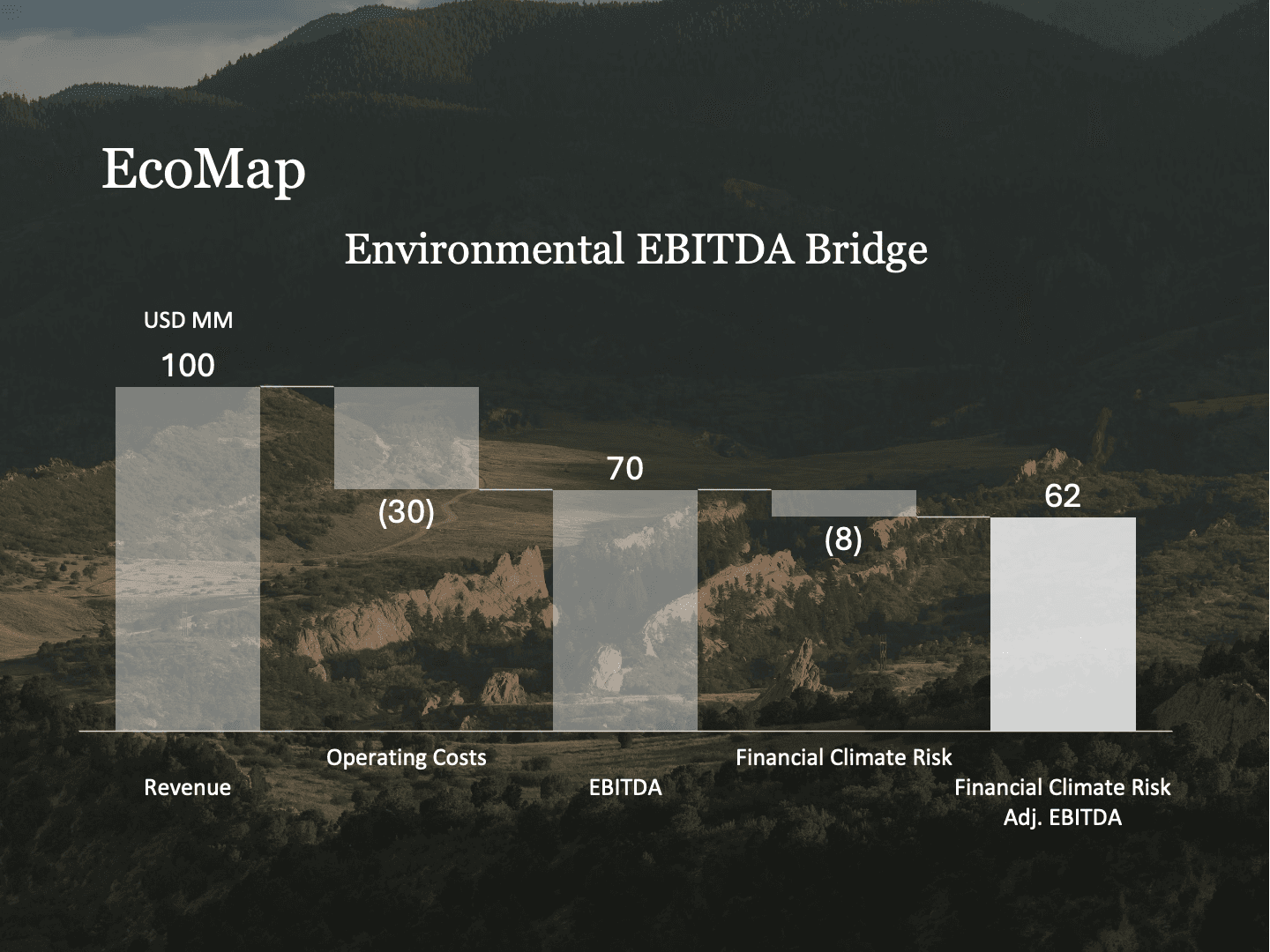
Decoupling as a Metric: What It Tells You About Company Resilience
Understand how decoupling rates measure a company
Explore our latest thoughts and analysis on environmental impact, economic theory, and corporate sustainability.
In today's financial landscape, conventional profit metrics no longer fully reflect the realities companies face in a climate-constrained world. Greenhouse gas emissions have direct, quantifiable economic consequences, yet they are frequently omitted from traditional financial reporting. EcoMap addresses this gap by integrating the environmental costs of carbon emissions into financial analysis.


Understand how decoupling rates measure a company

Asset managers are increasingly shifting away from qualitative ESG ratings towards measurable, financial indicators of climate risk. EcoMap provides clear, monetized climate impact metrics, aligning environmental performance with financial results.

Despite widespread adoption of net zero goals, progress on emissions reductions remains inconsistent. EcoMap fills this gap by converting greenhouse gas emissions into monetary terms, allowing stakeholders to assess emissions as measurable costs reflected in company performance.

Climate resilience is a company

Institutional investors need transparent, quantified analysis that links climate impact to financial performance. Learn how EcoMap translates emissions into monetary terms investors can act on.

As climate risk becomes a defining factor in global markets, discover how Essential Environmental Impact Variables and EcoMap are bridging the gap between environmental impact and financial metrics.

Learn about the critical differences between operational and supply chain carbon emissions, and how they impact financial climate risk assessment across all emission scopes.

The European Commission

Sustainability is no longer just a corporate responsibility issue—it

Explore how businesses can generate economic growth while decreasing environmental impact through the concept of decoupling. Learn about the mathematics of sustainable growth and its strategic implications for corporate success.

Companies are increasingly expected to integrate climate risks into their financial analysis. However, traditional financial metrics often fail to reflect the financial impact of climate-related costs, regulations, and transition risks. This is where climate risk-adjusted financial metrics come in. These metrics help companies quantify the potential financial effects of their climate exposure, providing a clearer picture of risk exposure and long-term profitability. Through our research, we have identified seven key practices that companies are adopting to incorporate climate risk into financial decision-making.

Explore how companies are refining their climate policies, the challenges they face, and the path forward for corporate climate action. Learn about the role of technology, policy, and collaboration in achieving sustainable goals.

As the world committed to limit global warming and achieve net-zero emissions collectively, the climate-related costs of companies

Carbon pricing has been described as

The landscape of corporate financial decision-making is undergoing a fundamental transformation. As environmental data becomes increasingly material to business operations, companies are grappling with a critical challenge: how to effectively measure, monetize, and act upon their environmental impact.

Understanding the economic principles behind environmental impact and market failures. When environmental damages—local or global—are not properly regulated or priced, markets fail by overusing environmental resources.